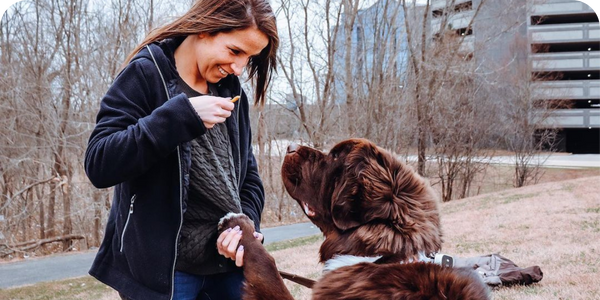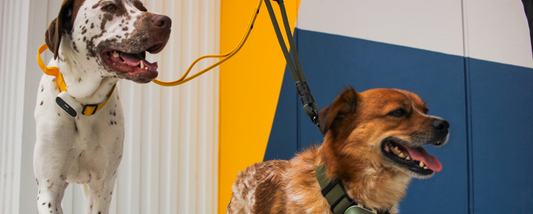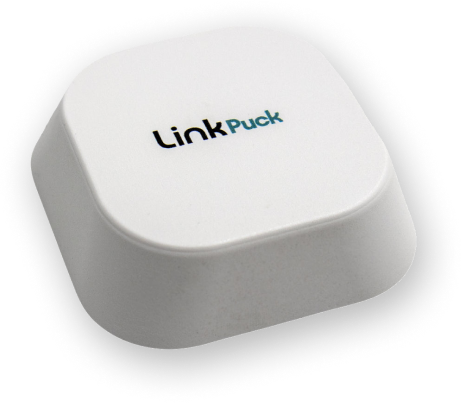A healthy relationship with your dog relies on good training. To communicate with him, first you need to teach him what you need from him in different situations and show him how to do as you say. There are many commands you can teach your furry friend, but here are a few basic ones that every dog should know.
- Sit. The most common and arguably most important command, "Sit!" will help curb a variety of unwanted behaviors. If your dog is jumping up on guests or otherwise getting too rambunctious, "Sit!" will tell him to stop what he's doing and sit quietly instead.
- Stay. Once your dog sits, what's to stop him from immediately getting up and returning to what he was doing? "Stay!" will tell him to remain in place, rather than running off. Likewise, if he gets loose from his leash, "Stay!" will keep him nearby, rather than potentially running into danger.
- Come. Your canine companion needs to come when he's called. If he's anywhere without his leash - whether he's roaming free at the dog park, or he slipped out of it during a walk - "Come!" will tell him to go straight to you, without your having to chase him down.
- Drop It. Is there something in your dog's mouth he shouldn't have? Is he chewing up a family heirloom? Not letting go of the ball you just threw him? Bringing you a "special present"? "Drop it!" will tell him to let fall whatever's in his mouth, so you can save it, examine it, or simply remove it.
- Leave it. This command is particularly handy on walks, when your furry friend is investigating something he shouldn't. It might be something icky that you don't want to have to clean off of him later, like a pile of trash. Or it might be something potentially dangerous, like an unidentified plant or an unfriendly animal. "Leave it!" will tell him to leave off his investigation and come back to safety.
- Heel. Along with "Sit!" and "Stay!", "Heel!" is one of the most commonly heard dog commands - but just from hearing it, it's not immediately clear what it means or why it's important. "Heel!" tells your dog to walk beside you, rather than in front or behind. If he tends to pull you along on his leash, or you have to pull him to get him to go with you, teaching him to heel will allow you to walk together without that extra strain. It's also good for keeping him close on narrow sidewalks where there isn't as much room.
- Off. If you don't want your canine companion jumping up on the bed or the furniture, "Off!" will tell him to get off and stay on the floor. Even if you don't mind him on the furniture, it can still be a useful command to teach him if you ever bring him to someone else's house, to keep him off their furniture.
- No. One of the most important all-purpose words, "No!" tells your dog that whatever he's doing is bad and must be stopped immediately, whether it's because it's destructive, unsafe, or simply poor manners.
As your relationship with your dog develops, you'll get to know better what he needs to learn and the best ways of teaching him. With any training method, Link My Pet's built-in, completely humane training tones and vibrations - delivered to the device by the tap of a button in the Link My Pet companion app - are the perfect tools to help educate and reinforce these commands and more. The vibration breaks the dog's focus on any distraction that is preventing them from hearing your commands and obeying. The tone serves as a positive reinforcement or recall sound - much like the sound of your voice. The great thing about Link's tones and vibrations is they can be delivered when the dog is out of voice range so they know to return to you or their home place right away.
With time and proper training, you'll both be able to understand one another more fully, and you'll be better equipped to keep him safe, well-behaved, and out of harm's way.





